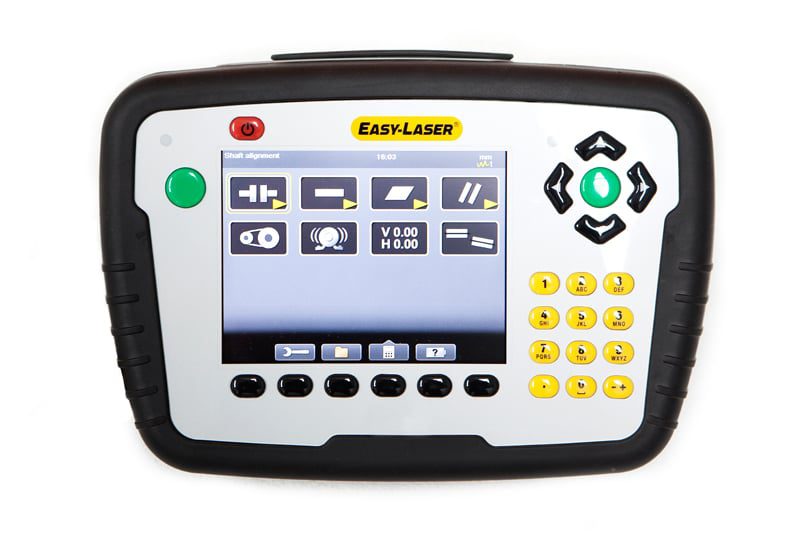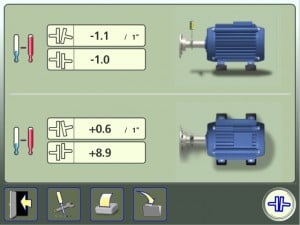The Importance of Thermal Targets in Shaft Alignment

Incorrectly aligned shafts in rotating equipment can have severe consequences including costly downtime, production losses, excessive power consumption, premature wear and tear, equipment damage or failure and increased repair or replacement costs.
Laser alignment tools are an accurate and efficient means of ensuring correct shaft alignment and can result in reduced operating costs and increased equipment efficiencies, reliability and productivity. They don’t require special skills, but there is an important factor to take into account when it comes to shaft alignment – and that is thermal targets.
The temperature of rotating machinery can change and in fact, there may be substantial temperature variations between starting up and normal operation. The initial position of machinery can change as a result of dynamic loads, components can shrink or expand and the frames, casings and centrelines of the shafts can move – and it is important to account for these thermal movements during the shaft alignment process.
Therefore, when a piece of equipment undergoes significant temperature changes between starting up and regular operation, thermal targets need to be taken into consideration in order to ensure optimum shaft alignment.
‘Cold’ alignment targets that are recommended by manufacturers or taken when the machine is idle or just starting up may not actually be an accurate prediction or reflection of the actual operating condition of the machinery, and just because the machine shows good alignment when it’s cold, doesn’t necessarily mean there won’t be misalignment when it’s running and the temperatures have increased.
For a more accurate representation of how the machinery actually moves, alignment data should be taken when the machine is at operating temperature (or as close to operating temperature as possible) as well as when it is at ambient temperature. The resulting comparisons of positional changes and calculations can then be used to determine the optimum alignment targets.
No special tooling is required – it’s more a question of operators understanding the importance of establishing thermal targets and using their laser products to determine the optimum settings. A product like the Easy Laser offers a range of advanced functions and capabilities including Thermal Growth Compensation which calculates the appropriate shims and values required to make adjustments where temperature expansion has occurred.

